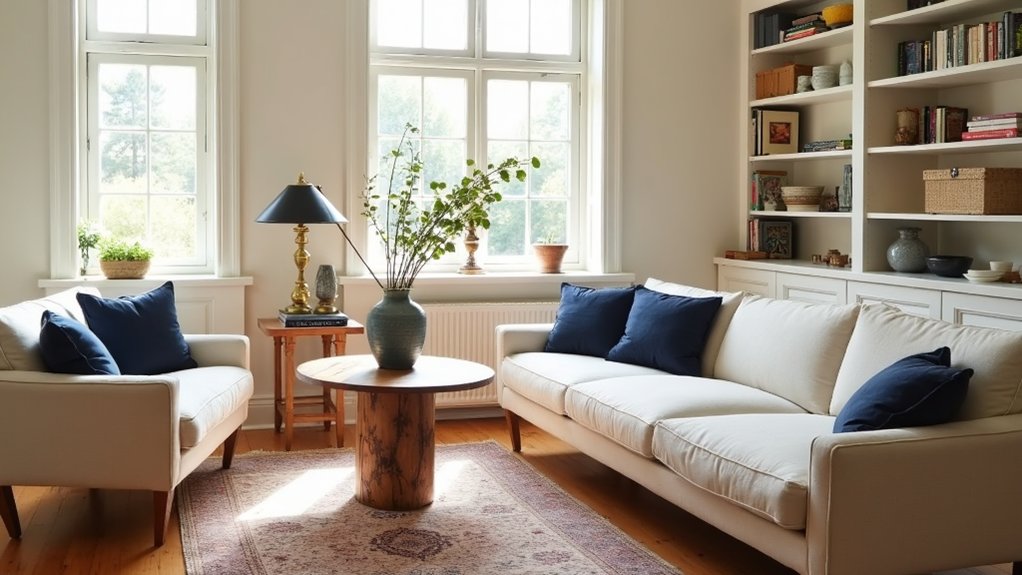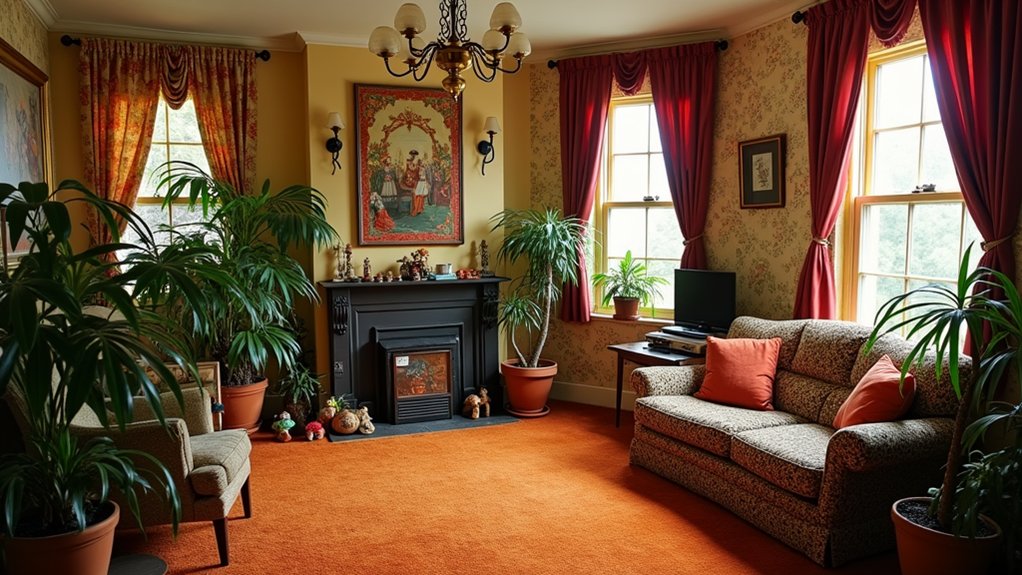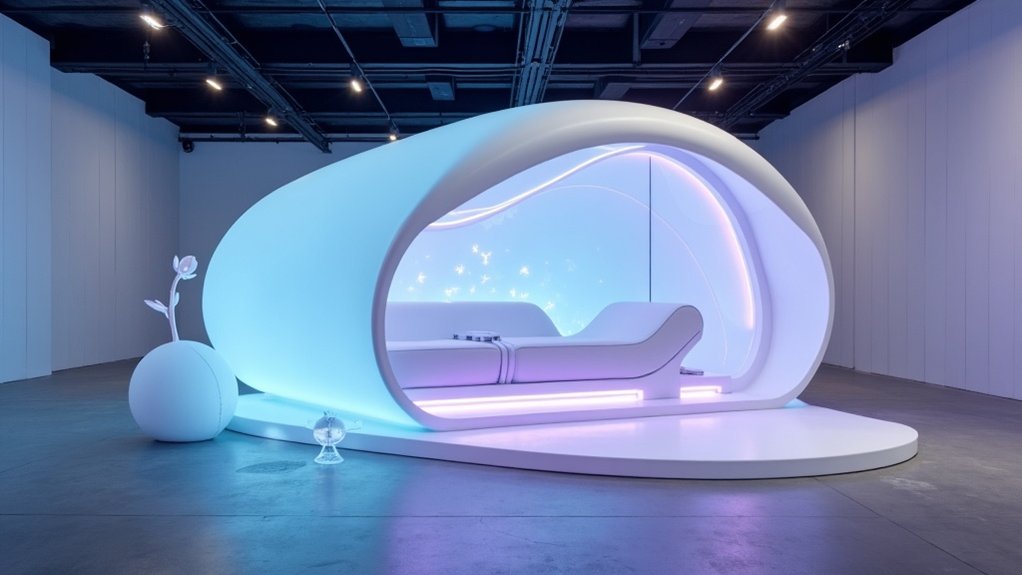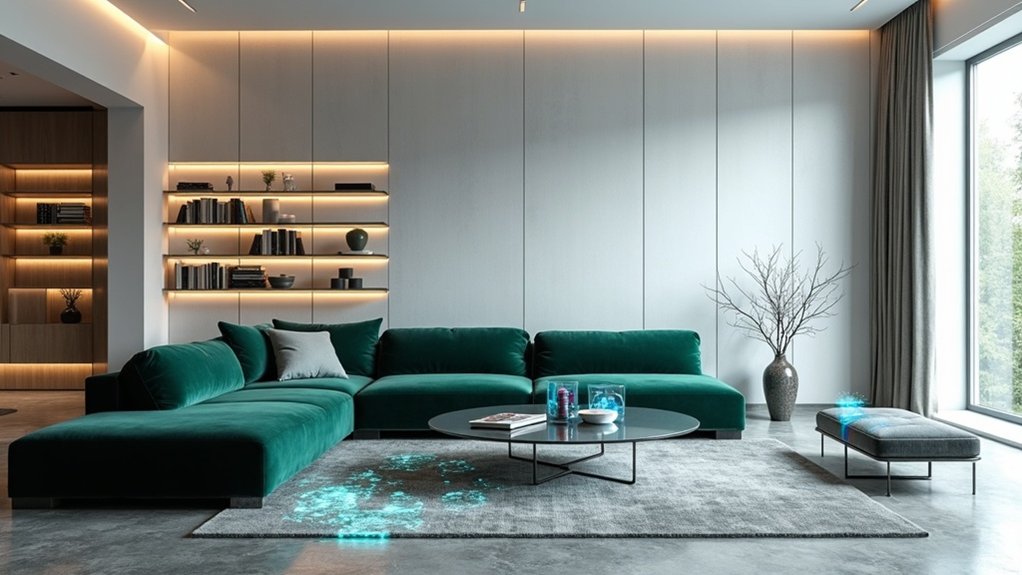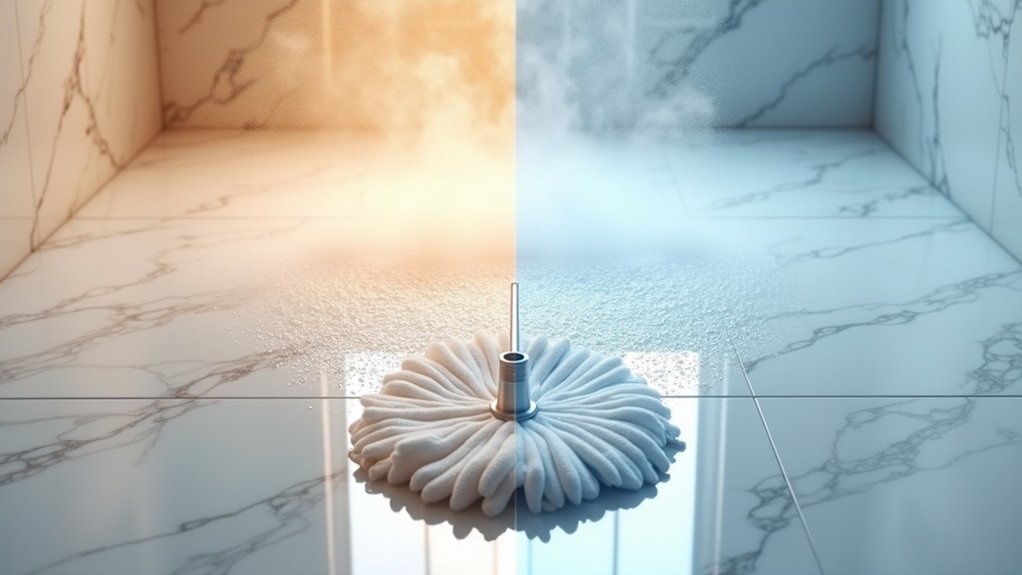Uncertainty ripples through the interior design industry as shifting tariff policies transform the framework of luxury home furnishings and décor. Professionals from Los Angeles to Paris find themselves maneuvering a complex environment where imported furniture, textiles, and lighting fixtures face significant price increases, forcing many to reconsider their sourcing strategies and client relationships.
The financial impact has been swift and substantial. High-end furniture brands manufacturing overseas now contend with heightened costs on wood, metal, and upholstery materials, while luxury textiles like silk, linen, and velvet carry additional import charges. Some showrooms and studios began implementing surcharges in spring 2025, attempting to offset these unexpected expenses. The National Association of Home Builders estimates that $184 billion in goods were used for housing construction in 2023, with $13 billion imported from countries now subject to tariffs. Additionally, designers are exploring smart storage systems to enhance the functionality of spaces amidst rising costs.
Luxury imports face mounting costs as showrooms scramble to offset unexpected tariff expenses through surcharges.
Design industry leaders express concerns about potential income losses and job cuts, even as the American Society of Interior Designers projects growth across multiple market sectors through 2026, partly attributed to increased material costs. Tom Lloyd has warned that the industry could face collapse if the proposed tariff structure takes full effect.
Supply chain disruptions compound these challenges. DHL’s temporary suspension of shipments over $800 from Europe to the United States in April 2025 exemplified the broader logistics crisis facing the industry. Interior designers report extended lead times, requiring them to order key pieces months before installation dates.
Project timelines have become increasingly difficult to maintain, prompting professionals to adjust their strategies and client expectations accordingly.
Yet amid this turbulence, creative adaptations emerge. Designers increasingly turn to domestic suppliers, local artisans, and vintage furniture as viable alternatives to imported goods. This shift toward small-batch manufacturers and regional craftspeople represents both a practical response to tariff pressures and a potential renaissance for American-made design elements.
The May 2025 implementation of a 90-day tariff reduction between the United States and China offered temporary relief, lowering general import tariffs from 125% to 30% and reducing charges on packages under $800 from 120% to 52%.
Nevertheless, ongoing policy ambiguity leaves many professionals in a holding pattern, uncertain about which items face taxation and when these charges apply.
As designers debate whether to absorb extra expenses or pass them to clients through line-item surcharges, the industry consensus remains clear: uncertainty has become the defining characteristic of this volatile market, demanding flexibility, innovation, and patience from all stakeholders.



